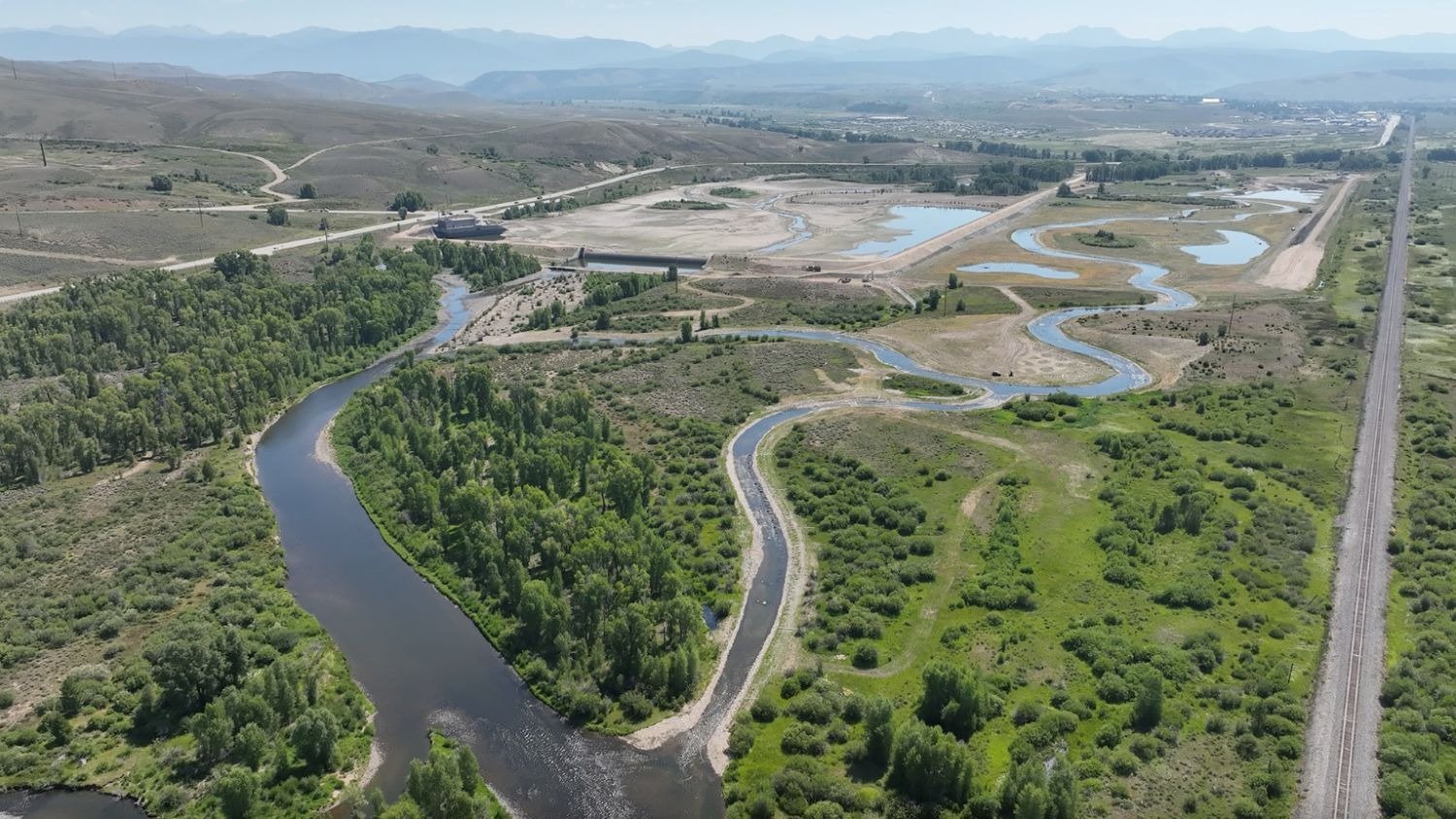GJ Sentinel
Regarding the Feb. 16 article, “Fisheries weigh options for, against diversions”: We appreciate The Daily Sentinel’s coverage of the potential impacts of the additional trans-mountain water diversion projects being proposed by Denver Water and the Northern Colorado Water Conservancy District. The article contains several statements that bear clarification.
First, Denver and Northern are not entitled to build the new projects regardless of their impacts to fish and wildlife resources in western Colorado. The water rights for the projects only establish a place in the water rights priority line. But, to build the projects, the proponents must secure necessary federal, state and local approvals. To win these approvals, Denver and Northern are required to take steps to avoid fish and wildlife impacts.
Second, it is inaccurate to say that Denver and Northern will divert the desired additional increments of water whether the projects are built or not. Think about it for a minute. If Denver and Northern can take the additional water without the projects, why would they spend millions of dollars to permit and build them?
Third, Denver is proposing to spend $5 million to $7 million to mitigate impacts of its project, but these funds will be directed at impacts on South Boulder Creek and the North Fork of the South Platte River. Denver is offering virtually no mitigation for the Fraser and Williams Fork basins — the two basins that will bear the brunt of the impacts of the proposed Moffat project.
Soon, Colorado Division of Wildlife staff will be called upon to advise the Wildlife Commission on measures needed to protect fish and wildlife resources from the impacts of the proposed trans-mountain diversions. We urge the DOW to base its analysis on sound science and to fulfill its responsibility to protect these priceless natural resources.
MELY WHITING, Counsel
Trout Unlimited
Colorado Water Project
Pagosa Springs
http://www.gjsentinel.com/opinion/articles/printed_letters_march_7_2011










